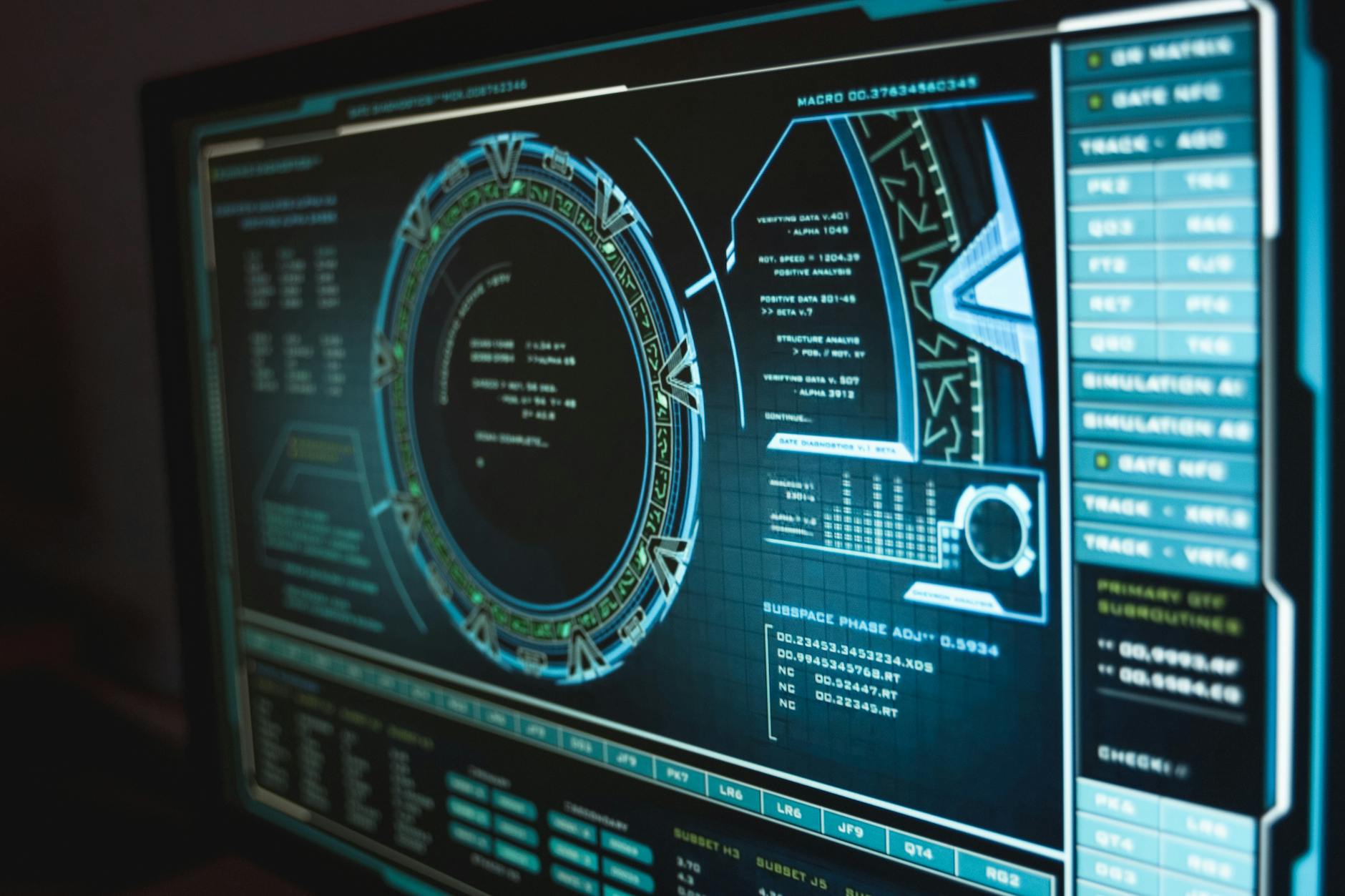As we dive deeper into 2024, the landscape of cybersecurity continues to evolve rapidly. Driven by advancements in technology and significant shifts in the tech sector, new cybersecurity trends emerge, posing potential challenges and opportunities for businesses and individuals alike.
Understanding these trends and implementing proactive measures play a key role in security improvement. Below are five critical cybersecurity trends in 2024 and practical tips on how you should respond.

1. The Rise of AI-Driven Cyber Attacks
The integration of artificial intelligence (AI) into cyber attacks has become a significant trend. AI technologies enable cybercriminals to automate attacks, optimize breach strategies, and evade detection systems more effectively than ever before.
Response
To combat AI-driven threats, organizations should invest in AI-enhanced cybersecurity solutions that can predict and mitigate potential attacks dynamically. Employing AI-driven security tools can help in identifying patterns and anomalies that human analysts might miss.
2. Increase in Ransomware Attacks on Cloud Services
As more businesses migrate to cloud services, ransomware attacks targeting these platforms are quickly increasing. A report by Cybersecurity Ventures predicted that by 2025, global ransomware damage costs will reach a staggering $265 billion annually.
Response
Enhance your cloud security through the implementation of robust access controls, regular data backups, and encryption. Select cloud providers that provide the most advanced security features and maintain a clear understanding of the shared responsibility model in cloud security.

3. Increasing Importance of Zero Trust Architecture
Zero trust architecture has become a critical foundation in the strategy to secure digital assets. This cybersecurity trend emphasizes the principle of “never trust, always verify,” which is important considering the growing severity of cyber threats.
Response
Take on a zero-trust framework by verifying everything trying to connect to your system before granting access. This primarily includes deploying multi-factor authentication (MFA), utilizing least privilege access, and continuous monitoring of network activity.
4. Expansion of IoT Security Challenges
The Internet of Things (IoT) continues to expand, with billions of devices now connected globally. However, with this expansion, there are more vulnerabilities, since most IoT devices lack adequate security features.
Response
Toward off IoT threats, it’s best to frequently update and patch devices, implement strong network security measures, and use device management tools to monitor and manage IoT devices effectively.

5. Regulatory Compliance Becoming More Stringent
As cybersecurity threats continue to evolve, so do the regulatory landscapes. Governments and international bodies are enforcing stricter compliance requirements to protect consumer and organizational data in order to adapt to these rapid changes.
Response
Be sure to stay informed about the latest regulatory requirements in your industry and region. Implement compliance as a core aspect of your cybersecurity strategy. Regular training and audits can help ensure that your organization remains compliant and secure at all times.
Staying Ahead in Cybersecurity: Proactive Measures for 2024
Staying ahead in the cybersecurity game in 2024 requires awareness and proactive engagement with the latest trends and technologies in the tech industry.
By understanding these trends and responding accordingly, you can greatly improve your cybersecurity posture and protect your digital assets from emerging threats.
Whether it’s adopting AI-based security defenses, tightening cloud security, embracing zero trust, managing IoT risks, or keeping up with compliance, each step you take builds a stronger defense against ever-evolving cyber threats.




